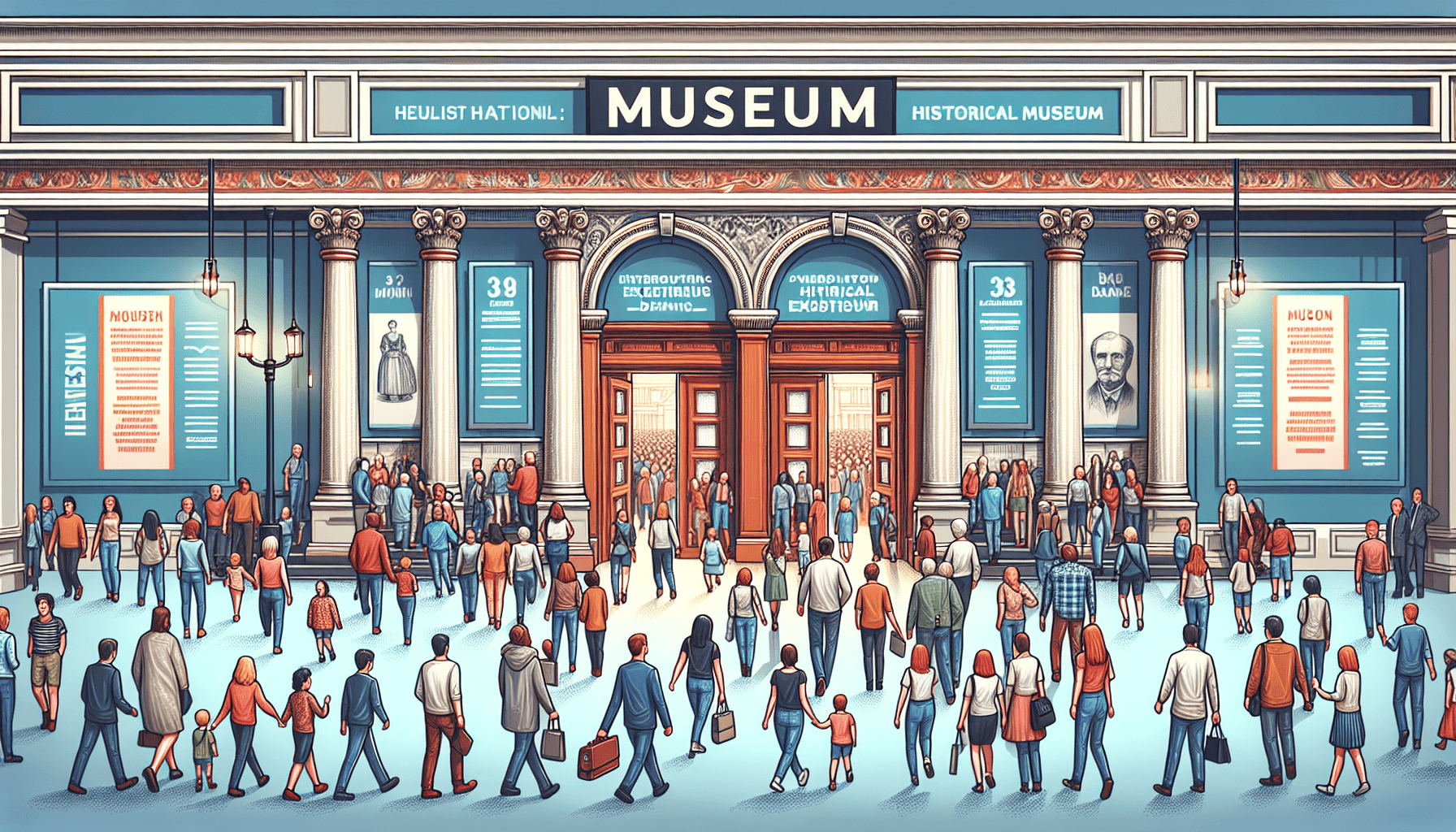The Anne Frank Museum, located in Amsterdam, is a poignant symbol of World War II history and a testament to the resilience of the human spirit. A visit to this iconic location offers not only a profound look into the life of Anne Frank and her family but also the broader narrative of those who suffered during the Holocaust. To make the most of your visit, here are some essential tips and insights.
Booking Tickets
Due to the museum's popularity, it is highly advisable to book your tickets in advance. Tickets can be purchased online and are often released two months ahead. Booking early not only ensures your spot but also allows you to select a time that fits seamlessly into your travel itinerary. Keep in mind that same-day tickets are extremely limited and often sell out quickly.
Choosing the Right Time
Consider visiting the museum during weekdays and off-peak months if your schedule allows. Early mornings and later in the afternoon tend to be less crowded. However, no matter when you visit, expect some queues, as the site attracts approximately 1.2 million visitors annually.
Understanding the Layout
The Anne Frank Museum consists of several interconnected sections. Begin your journey in the original building that housed Anne's family, known as the Secret Annex. Here, you'll walk through the cramped spaces they hid in for over two years. The simplicity of the preserved rooms offers a stark contrast to the weight of their history.
Afterwards, proceed to the modern section of the museum, which focuses on exhibits about the Jewish experience during the Holocaust, anti-Semitism, and Anne Frank's enduring legacy. The museum thoughtfully balances the personal story of the Frank family with the larger historical context, offering visitors a comprehensive understanding of the era.
Preparing Emotionally
Visiting the Anne Frank Museum can be an emotionally intense experience. Prepare yourself for the solemn atmosphere, which naturally invites reflection and contemplation. It can be beneficial to read The Diary of a Young Girl beforehand, providing a personal connection to the rooms and artifacts you will encounter.
Accessibility Considerations
The museum strives to accommodate all visitors. There are facilities for individuals with disabilities, although due to the historic nature of the Secret Annex, some areas might be less accessible. Detailed information regarding accessibility can be found on the museum's website, allowing visitors to plan accordingly.
Nearby Attractions
Take the time to explore the surrounding Jordaan neighborhood after your visit. With its charming canals, cafes, and boutiques, the area provides a perfect setting for reflecting on your museum experience. Other nearby attractions include the Westerkerk Church and the Houseboat Museum, each offering a unique slice of Amsterdam's rich culture.
Final Thoughts
A visit to the Anne Frank Museum is as much about paying homage to a historical figure as it is about learning from the past. With careful planning, you can ensure your experience is smooth, inspiring, and informative. As you leave, carry the lessons of courage, hope, and the enduring human spirit into your own life.
